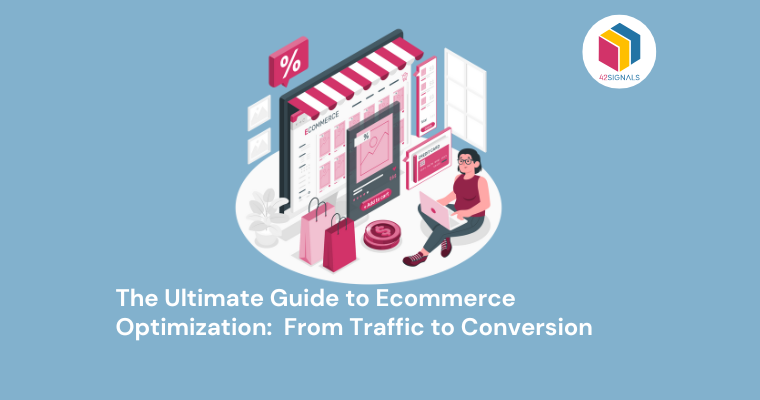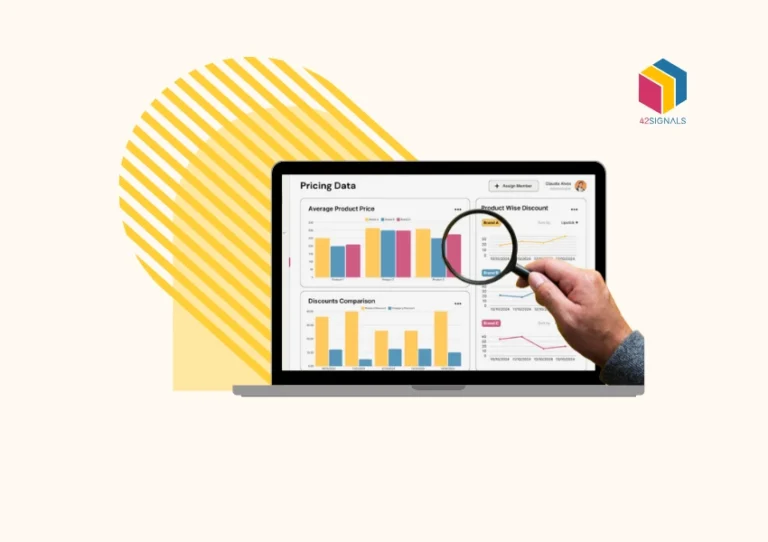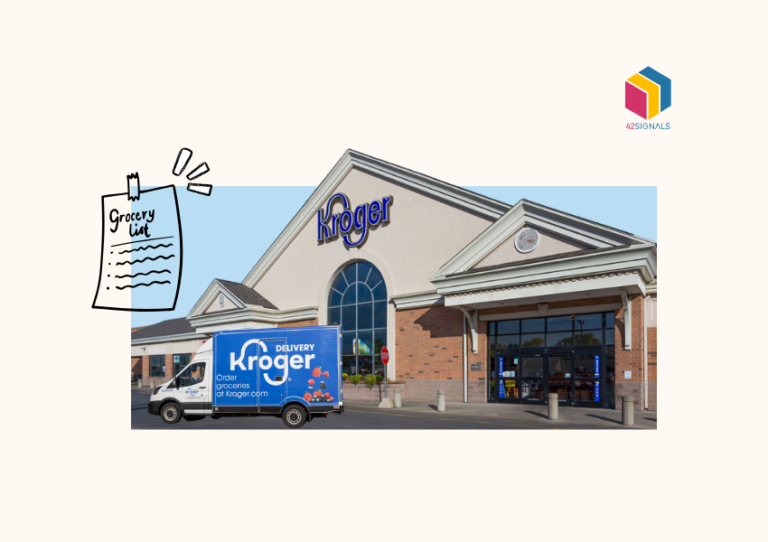Do you think that your ecommerce store is doing as well as it should? There’s no such thing as achieving perfection in the world of ecommerce, but you can strive to get as close to it as possible. Ecommerce optimization is all about making minor tweaks to improve your store’s performance and increase conversions. But, how do you figure out what changes to make?
For companies to be successful in the e-commerce space, maximizing sales and driving business growth is more important than ever.
Optimizing your eCommerce business is one of the most important areas to focus on to grow your business.
Ecommerce optimization involves refining various elements of your website to enhance user experience, increase traffic, and maximize conversion rates.
By taking advantage of data-based insights, cutting-edge tools, and proven best practices, you can transform your e-commerce website into a conversion-generating asset that continues to grow your sales.
In this guide, you’ll find everything you need to know to optimize your ecommerce store properly and set it up for maximum success.
Understanding ECommerce Optimization
Optimizing your eCommerce platform generally refers to a detailed approach that you can take to improve your website’s conversion rate.
From the layout to the navigation and the design elements in use, the focus should be on removing friction to get more people to purchase from your website.
So, without further ado, here are the best tips that you can follow to improve your conversion rate.
User Behavior
Understanding user behavior is foundational to ecommerce optimization.
By analyzing how users interact with your site, what they click on, how long they stay on pages, and what they search for – you can tailor your site to better meet their needs.

Source: Joinsoft
Modern shoppers want a highly personalized shopping experience.
They prefer getting the “red carpet treatment,” and it’s a key differentiator for most e-commerce store owners.
If you can’t offer that, you will lose out on sales. If you haven’t personalized customer journeys based on your buyer personas, you will lose sales.
Here are some simple steps that you can take:
- Offer recommendations. Top e-commerce marketplaces do this to devastating effect, and so should you. Offer related products and recommendations to your customers. Product recommendations boost purchases considerably.
- Use geolocation. If you’re offering products globally or in different regions, you can use geotargeting to offer the products in the same currency or provide regional recommendations.
- Customize based on device type. A key part of the optimization process focuses on customizing the shopping experience based on the type of device your shoppers are accessing the store from.

Source: Coveo
On-Page Optimization Techniques
On-page optimization for ecommerce sites focuses on enhancing the elements of your website to improve user experience and search engine visibility.
This includes optimizing product descriptions with relevant keywords, improving meta descriptions and titles, and ensuring that all images are high-quality and have appropriate alt tags.
The goal is to make each page as informative, readable and search-engine friendly as possible.
Also, a fast-loading ecommerce site is critical for your store’s success. Numerous studies have shown that the bounce rate increases depending on the speed at which your website loads.
Another key part of ecommerce optimization is to identify needless elements on your site and get rid of them. For instance, do you really need a sidebar on all pages to encourage users to sign up for your email list?
Perhaps a footer would do the job well on a product page? A thorough site audit might be just what you need to get started.
Technical Optimizations
Technical optimizations involve the backend operations of your website that directly impact your site’s performance and search engine ranking.
This includes improving site speed, ensuring your site is secure with HTTPS, and making sure it’s mobile-friendly. Implementing schema markup to enhance your visibility in search engine results and optimizing site architecture for easy navigation is also crucial.

Source: Hostingmanual
Ideally, you’d want your website to load up within a couple of seconds. Because no matter how engaging your site is, it won’t matter if shoppers leave before it loads. That’s how crucial speed is to your conversion.
So consider it an incredibly important element of your ecommerce conversion rate optimization strategy.
Here are some steps that you can take to improve your website’s speed:
- Check improvement areas. Both Pagespeed Insights and GTmetrix are excellent resources that you can use to determine how your website is performing.
- Switch to a faster host. Avoid using shared hosting for your ecommerce store.
- Switch to a faster theme. The theme you choose can also impact your website’s performance.
Off-Site Strategies for ECommerce Optimization
Off-site strategies enhance your site’s reputation and visibility through external means.
Effective off-site optimization can include link building from reputable sites, managing your online reputation by encouraging positive reviews and engaging actively on social media platforms.
These efforts help increase your site’s authority and drive traffic from external sources.
Conversion Rate Optimization
It’s the process of making changes to your e-commerce site to increase the percentage of visitors who complete a desired action, such as making a purchase.
Optimizing your e-commerce site for conversion is a multifaceted process involving everything from website design and usability to security and personalization.
By implementing these strategies, you’re not just improving the likelihood of conversions but also enhancing the overall user experience, which is fundamental to building a loyal customer base and growing your e-commerce business.
Advanced Tactics
Advanced tactics in optimizing your e-commerce business incorporate the use of sophisticated tools and strategies like predictive analytics, and artificial intelligence to personalize user experiences and dynamic pricing.
Leveraging these tools can provide a competitive edge by enabling more personalized and responsive interactions with users.
Armed with this data, you can optimize your conversions by improving poorly performing elements. Any decision you take should be fueled by data.
Ideally, you can invest in e-commerce analytics tools like 42Signals, which offers a share of search solutions, the voice of customer analytics, product assortment solutions, and more.
Conclusion – Continuous Monitoring and Iteration for ECommerce Optimization
Ecommerce optimization is not a one-time task but a continuous process of testing, learning, and improving. Regular monitoring of your site’s performance, staying updated with the latest SEO trends, and iterating based on user feedback are essential to maintaining and enhancing your ecommerce site’s effectiveness.
With persistent effort and strategic optimization, your ecommerce platform can achieve sustained growth and success.
To truly leverage your ecommerce efforts, consider exploring 42Signals, our comprehensive analytics and optimization platform designed specifically for ecommerce businesses.
42Signals offers advanced tools that help you understand customer behavior, optimize your conversion processes, and track the effectiveness of your strategies in real time. Start your journey towards unmatched ecommerce success with 42Signals today! Get in touch with us at sales@42signals.com







